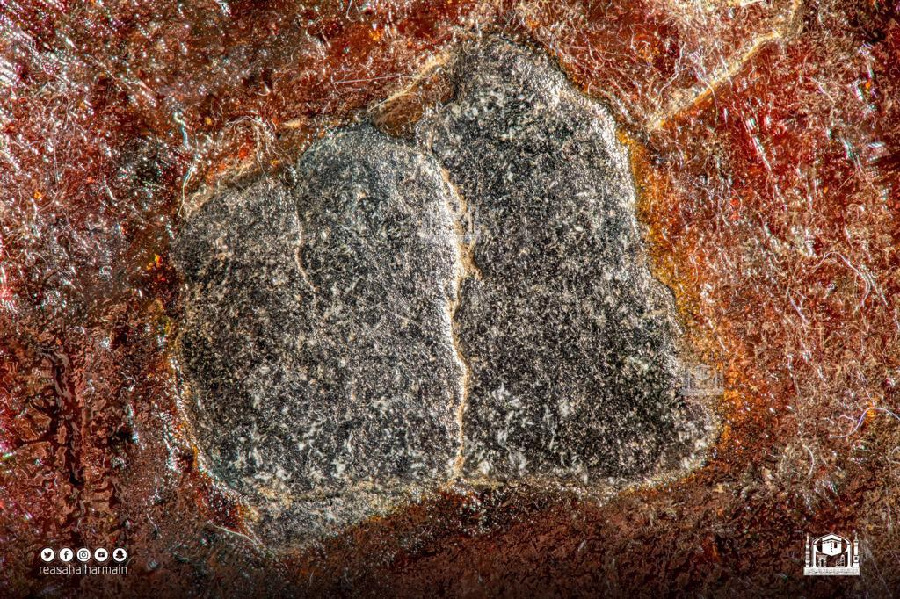Saudi Arabia has launched a new initiative that will allow Muslims all around the world to experience the touch Hajr-e-Aswad (the Black Stone) attached to the Kaaba in Makkah virtually through Virtual Reality (VR) technology.
[adinserter block= “3”]
The initiative was launched by Sheikh Dr. Abdulrahman bin Abdulaziz Al-Sudais, the General President for the Affairs of the Grand Mosque and the Prophet’s Mosque.

The ‘Virtual Black Stone Initiative’ will be part of the Kingdom’s Agency for Exhibitions and Museums Affairs represented by the General Administration of Digital Exhibitions, in cooperation with the Custodian of the Two Holy Mosques Institute for Hajj and Umrah Research at the University of Umm al-Qura.
The initiative aims to use virtual reality (VR) and digital experiences that simulate real reality.

While inaugurating the program, Al-Sudais talked about the importance of digital experiences that simulate religious sites. He said the Two Holy Mosques are of religious and historical importance and should be digitized and communicated to everyone.
Hajr-e-Aswad rests at the eastern corner of the Holy Kaaba. During the Umrah or Hajj pilgrimage, Muslims touch the Hajr-e-Aswad after every Tawaf – or circumambulation – around the Kaaba. However, due to the large number of pilgrims who visit every year, it is acceptable to wave at it from a distance.
It is thought to be a hole that can be seen through a big hole in the silver encasement. The Black Stone is comprised of eight small rocks but molded together using Arabic frankincense.
First-ever high-resolution images of the Black Stone
Earlier this year, Saudi Arabian authorities released new pictures that offer a never-before-seen closeup view of the Black Stone. These have been taken by the Engineering Studies Department of the Reasah Alharmain through Focus Stack Panorama Technology.

According to the Saudi Official, the image is 49,0000 megapixels pictures and took 50 working hours to process the 1050 photos.
This was the first time that the world could have a much closer look at the Black Stone. The images captured are so clear that one can see each and every part of the stone with never seen before clarity.
[adinserter block= “4”]
On a side note, did you know that the engineer Munir Sarri Al-Jundi, who designed the doors of the Holy Kaaba in the 70s, passed away in December last year?
What do you think of this story? Let us know in the comments section below.










